What are the steps to making your casino one of the most successful? What do the experts say about entertainment, buying power… etc? Here in this report the CEO of Ceasar’s Entertainment gives his biggest tips on how his casino became one of the most successful in the world using the FIVE FORCES MODEL.
The first aspect of the Five Forces Model is threat of entry. Due to the nature of the industry, there are very low switching costs. In the United States legalized gambling is restricted to certain areas so all competitors are bound to the same geographic boundaries. This gives buyers a tremendous amount of flexibility. Furthermore, differentiation of one’s product has a relatively short life span. This is illustrated by the expectation of above average returns on a new casino or remodeled area of the strip in Las Vegas for only one to two years. So companies are constantly forced to open new locations, remodel, or reinvent in order to keep a competitive advantage on the competition. Because of this, the capital requirements in this industry are extremely high. Caesars spent $260,000 million on a remodel of their hotel in Las Vegas, along with other tangible resources being used to update their other locations on the strip. Overall, it is safe to conclude that the overall threat of entry into this industry is low.
The next of the five forces is buyer power. The buyers in the casino industry can be segmented into two rough groups. The high rollers, or “whales”, which are the top 5% of gamblers, account for 15-20% of total revenues. (1) The low 1.25% house edge (in baccarat, the whale game of choice) creates a situation where it is necessary for casinos to keep the high-rollers gambling for long periods of time, in an effort to take advantage of the law of averages. (1) The normal gambler spends the most money at the slot machines, which make up 60% of revenues. (2) Large and fragmented, this group now has more power because of an increasing ability to compare hotel rates over the internet. The similarity of casino floors has caused casinos to try to differentiate themselves by offering “themes” and new machines. Along with comps, casinos try to add switching costs to the slot playing gambler by offering cards that give perks to players based on accumulated slot plays. Overall, because of the similarity of casino end products and lack of ability for true differentiation, both groups of buyers exert power, with the whales exerting significant power because of their proportional per capita revenue generation. Therefore, the force of buyer power is strong in the casino industry.
Vastly important to the casino industry are the changes in the legal environment over the past ten years. Legalized gambling has increased over the past ten years in response to favorable gambling legislation. Two extremely important developments were the legalization of riverboat casinos and tribal casinos. Both of these segments have grown quickly with tribal casino revenues increasing 34.7% (2) over the past three years. Diversification and mergers have allowed established casinos to capitalize on this influx of different types of casinos.(9) Globally, the de-monopolization of Macau, presents an opportunity for American casinos to penetrate the Asian gambling market.(7) Unfortunately, Vegas-Style casino openings in the United Kingdom were denied when parliament ruled against expanding casino operating rules. (8) Overall, changes in the legal environment have led to extreme growth in the casino industry, but the potential for drawbacks in increased taxes unfavorable legislation continue to be a threat.
Finally, changes in the technological environment have added to the growth of the industry. The ability of casinos to switch to coin less slot machines has helped reduce labor costs associated with maintenance of the old machines. (2) The growing information technology sector has enabled casinos to implement comp cards in an attempt to increase switching costs and feed important gambling information into data warehouses. New techniques for analyzing this data allowed casinos to tailor specific promotions and offers to specific customers. However, the rise of the internet has hit the casino industry particularly hard, enabling price comparisons and offering an alternative venue for gambling in internet casinos. (2) For the most part technological developments have helped the casino industry over the past ten years, but the additional threat of internet competition is troublesome.
The casino changes in the casino industry over the past ten years have been numerous, but the future may tell a different story. What was once growth in casinos may represent a saturation of the market and a dilution of established casino’s customer base and novelty.
By Sharon White
none

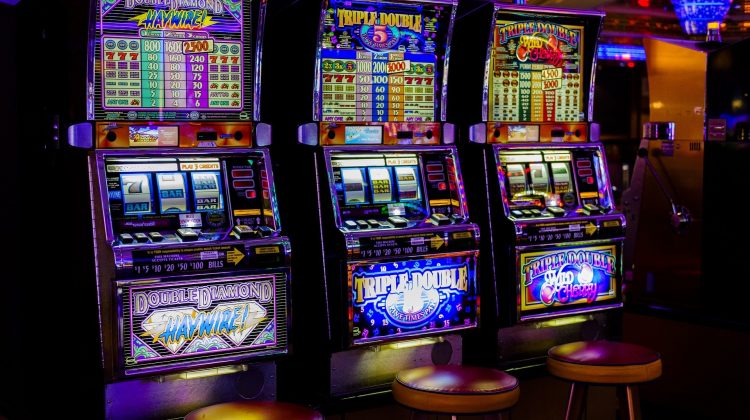

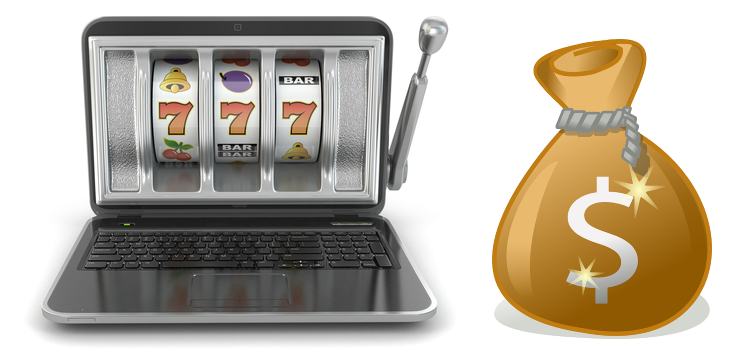




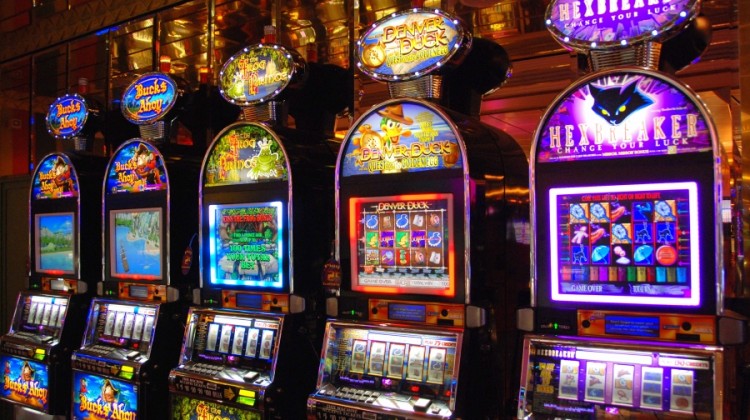
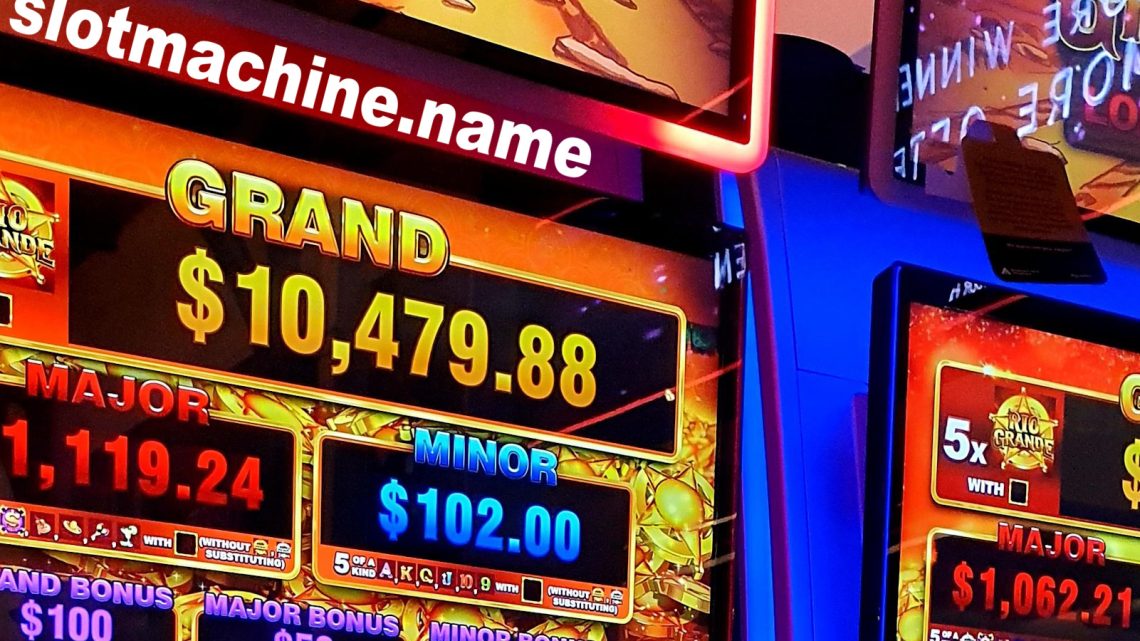
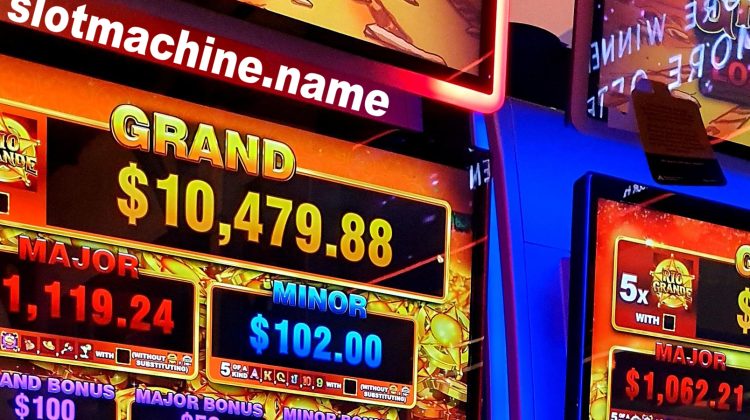
No Comment